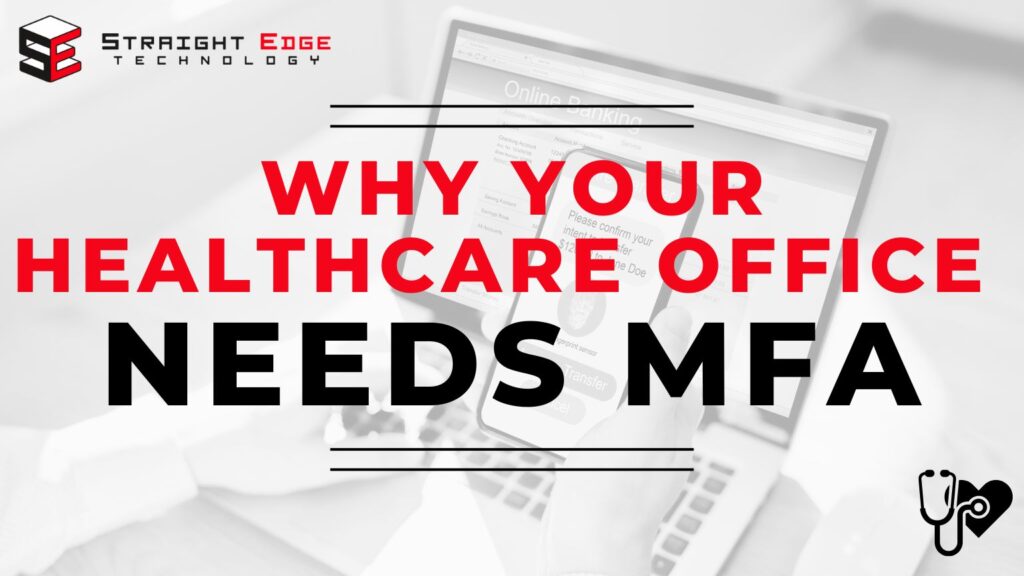In 2024, data breaches cost an average of $4.9 million globally, a 10% increase from 2023. Healthcare offices are prime targets for cyberattacks due to the sensitive nature of patient data and billing, making the industry the second-most likely to fall victim to a cyber attack. One of the most important steps you and your team can take to protect patient information and maintain HIPAA compliance is also one of the simplest steps: implementing multi-factor authentication (MFA).
What is Multi-Factor Authentication?
MFA uses something you know (like a password or a PIN), something you have (a phone or token), and something you are (your fingerprint or face ID). For example, a nurse working in a general practitioner’s office may have to use a password unique to them to sign in to their email, which would then send a prompt to an app like Duo Mobile to approve sign-ins, and the nurse would have to use their face ID to approve the sign-in.
Why is MFA Critical in Healthcare?
Protecting patient data, mitigating insider threats, following HIPAA regulations, and defending your office against phishing and ransomware make the utilization of MFA vital. Protected Health Information (PHI) is highly valuable to cybercriminals, and one compromised login can lead to a major data breach, costing your office millions. MFA can prevent unauthorized access, even from within the organization, so that no one can even accidentally get their hands on information they should not have access to. While MFA isn’t explicitly required by HIPAA, it does support several of the Security Rule standards, with growing pressure from the Office for Civil Rights on adopting strong authentication standards. MFA also reduces the risk of phishing attacks actually succeeding, and prevents attackers from moving laterally across systems. MFA can be used to remotely access EMR/EHR systems and cloud-based apps, too, as well as to access email platforms.
How to Implement MFA in Your Office
Step 1: Audit your current systems to see where MFA can be applied. Many of the systems and applications your team uses on a daily basis offers the ability to add MFA to the login process.
Step 2: Choose an MFA solution. Here at Straight Edge, we use Duo Mobile to login to all of our accounts, but you could also use applications like Microsoft Authenticator or Google Authenticator.
Step 3: Educate staff and provide training. There may be some grumbling from your team who won’t want to slow down a few seconds to take the extra security steps, but those few seconds can be the difference between safe patient data and millions in losses. If you train your staff, they’ll understand how easy it is to make their data more secure.
Step 4: Monitor and maintain policies. Your MFA provider will have an admin console where you can view user MFA statuses, review the sign-in logs, and analyze workbooks. Regularly reviewing and auditing your MFA policies ensures they align with your security goals and evolving threats.
To recap, MFA is a low-cost, high-impact way your team can secure their sensitive data and, perhaps more importantly, your patients’ private information. The benefits by far outweigh the few seconds of slowdown you might have to deal with. As a managed service provider (MSP), we can help you enable MFA today and make sure your team feels equipped with the training and knowledge to help prevent cyberattacks.

